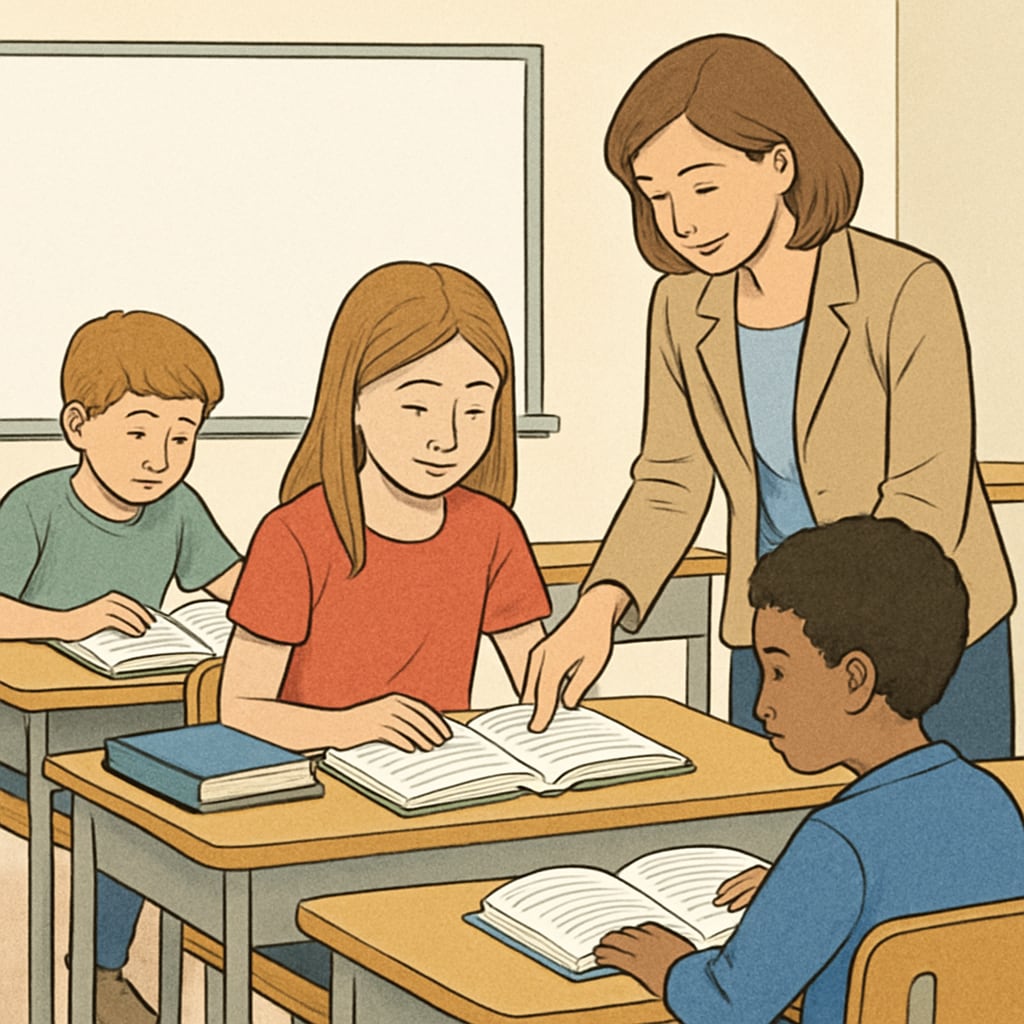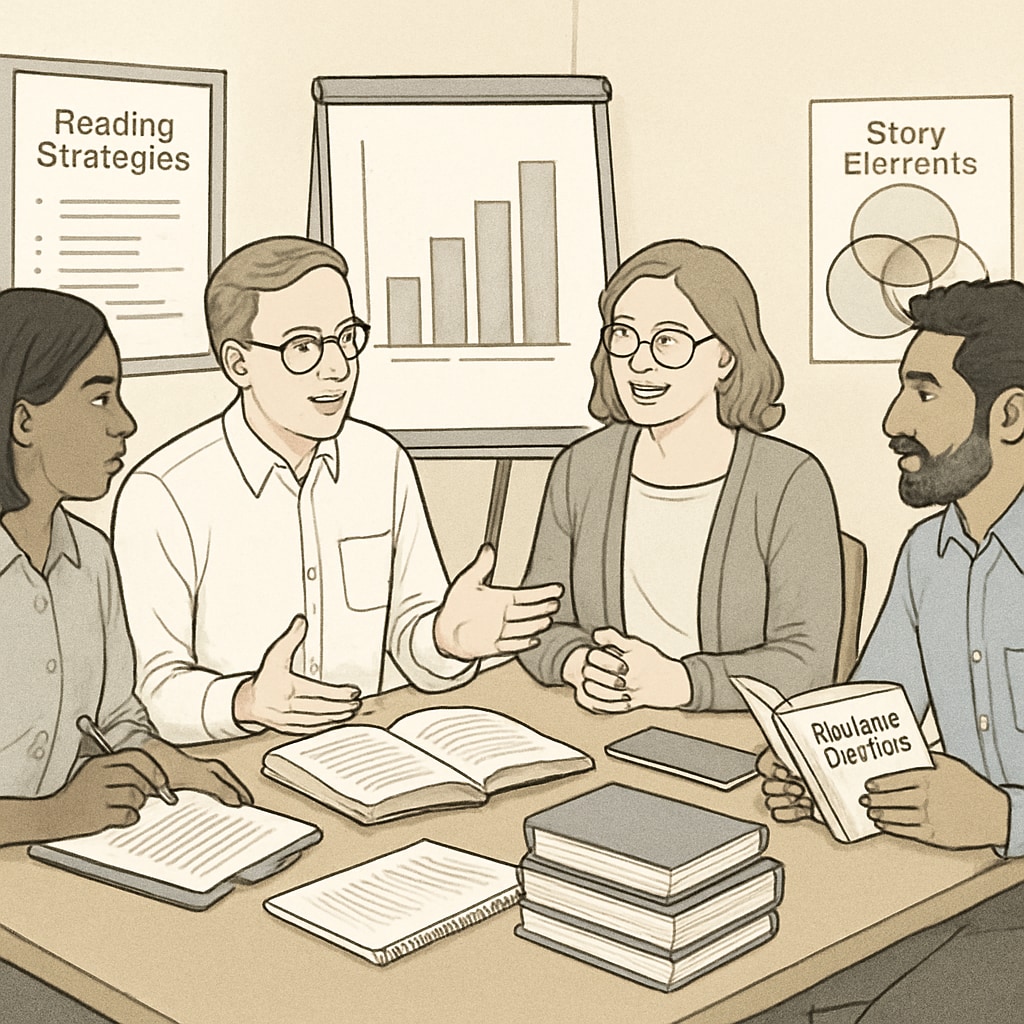Understanding “reading comprehension,” “text complexity,” and the role of “teacher volunteers” is critical to shaping effective educational practices. Teachers are uniquely positioned to provide valuable insights into how students interact with reading materials. This article highlights the importance of teacher participation in text complexity research and how their contributions can transform K12 reading education. By dedicating just 30 minutes to this initiative, educators can make a meaningful difference in developing better reading standards for future generations.
Why Teacher Input Is Essential in Text Complexity Research
Teachers are on the frontline of education, witnessing firsthand how students engage with reading materials of varying complexity. Their professional expertise offers a crucial perspective that researchers cannot replicate in laboratory settings. For example, a teacher may recognize that a text deemed “appropriate” for a certain grade level does not align with the actual reading abilities or interests of their students.
Text complexity research aims to identify the factors that make a passage challenging or accessible, such as vocabulary difficulty, sentence structure, or cultural relevance. Teachers, as daily practitioners, have intimate knowledge of these variables and can inform research efforts through their observations and experiences.
- They understand the specific needs of diverse student populations.
- They see how students react to different genres and formats of text.
- They can identify gaps between theoretical complexity measures and real-world student comprehension.

How Teachers Can Contribute to Text Complexity Studies
Participating in text complexity research does not require extensive time or effort. Teachers can volunteer to provide feedback on sample reading materials, answer brief surveys, or participate in discussions about curriculum design. In many cases, these tasks can be completed in under 30 minutes, making it feasible for busy educators to get involved.
For example, a teacher might evaluate whether a text aligns with their students’ grade level or suggest modifications to make the material more engaging. These contributions help researchers refine text complexity metrics, ensuring they are realistic and applicable to classroom settings.
Moreover, teacher participation builds a collaborative relationship between educators and researchers, fostering mutual trust and respect. As a result, research outcomes are more likely to be adopted in schools, benefiting both teachers and students.

The Broader Impact on K12 Reading Education
Incorporating teacher input into text complexity research has far-reaching implications for K12 education. First, it leads to the development of reading materials that better reflect students’ needs and abilities. For example, texts can be tailored to specific cultural contexts or adjusted to accommodate diverse learning styles.
Second, improved text complexity standards can inform teacher training programs, equipping educators with strategies to effectively teach reading comprehension. This ensures that teachers are not only selecting appropriate materials but also applying instructional techniques that resonate with their students.
Finally, this collaboration fosters a sense of ownership and empowerment among teachers. When educators see their insights influencing national reading standards, it reinforces their role as key stakeholders in the educational process.
How to Get Involved
Becoming a part of text complexity research is simple. Teachers can start by contacting local research organizations or educational institutions conducting such studies. Many initiatives welcome volunteers and provide clear instructions on how to participate.
Additionally, educators can join professional networks or online forums focused on literacy development. These platforms often share opportunities for involvement in research projects and provide a space for teachers to exchange ideas and best practices.
By dedicating just 30 minutes, teachers can make a lasting impact on the future of reading education, ensuring that every student has access to materials that inspire and challenge them.
Readability guidance: This article uses short paragraphs and lists to ensure clarity and engagement. Transitions such as “however,” “for example,” and “as a result” are evenly distributed to maintain flow. Passive voice is minimized, and technical terms are briefly explained for accessibility.


